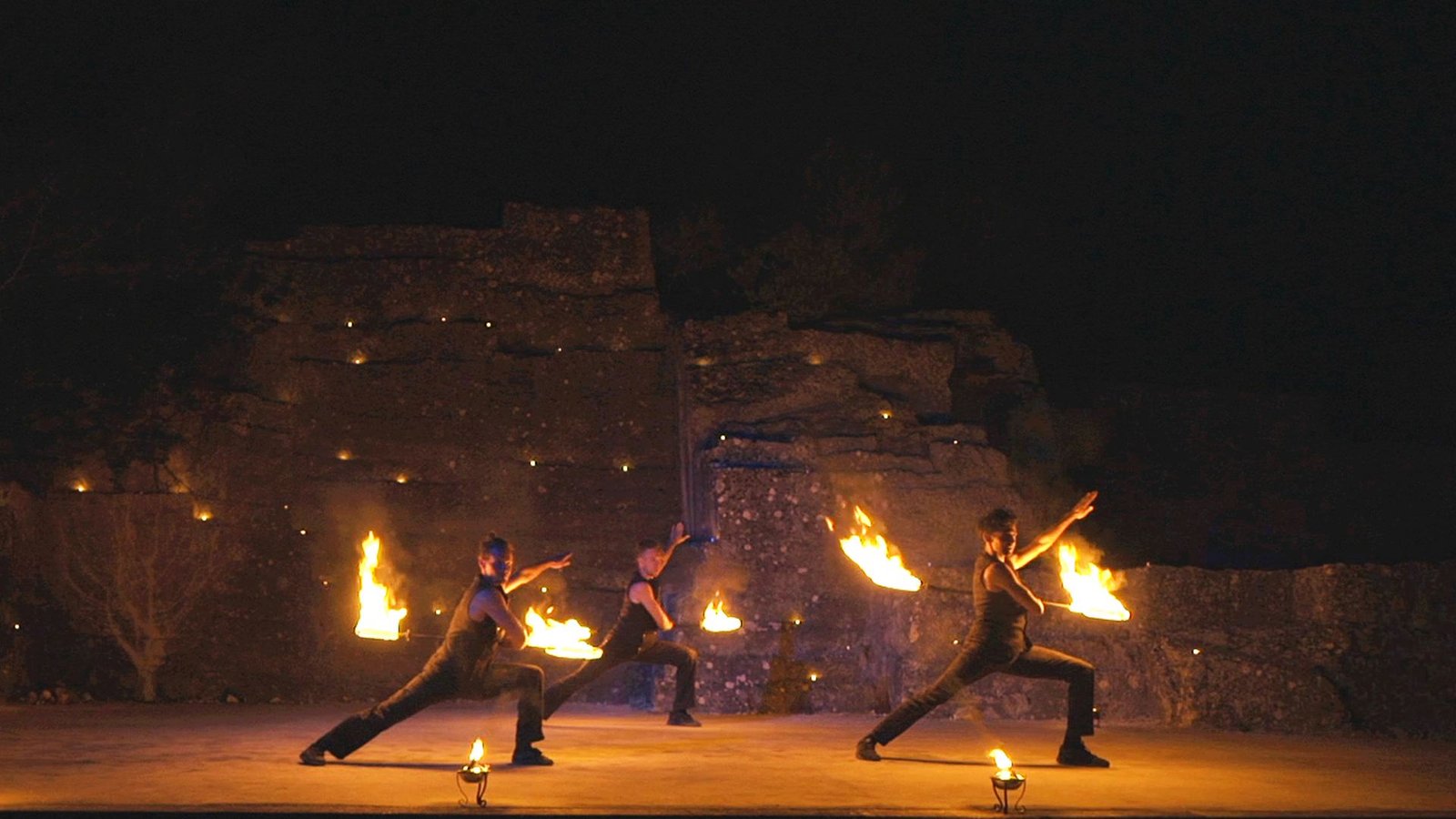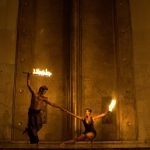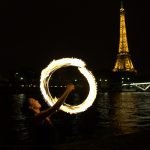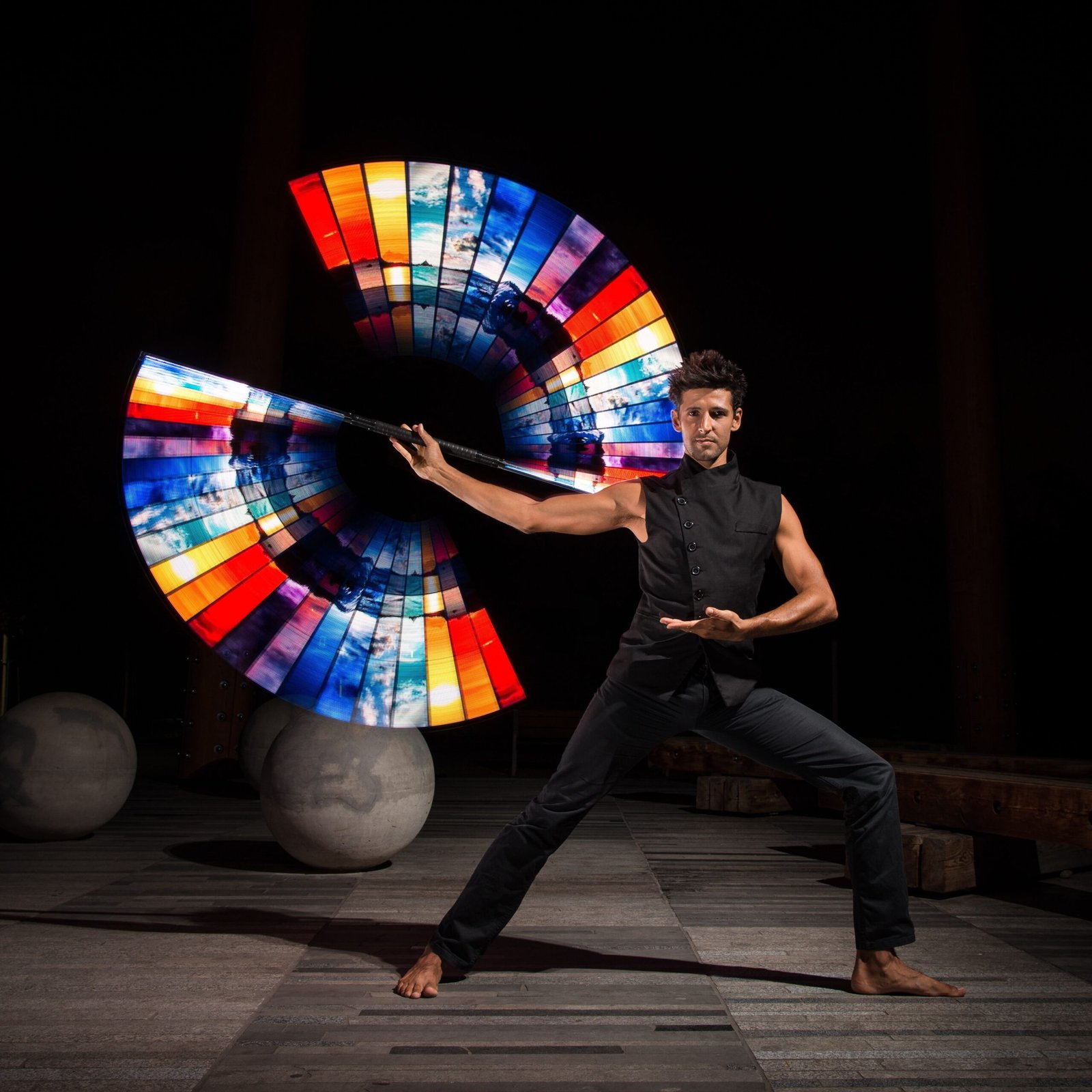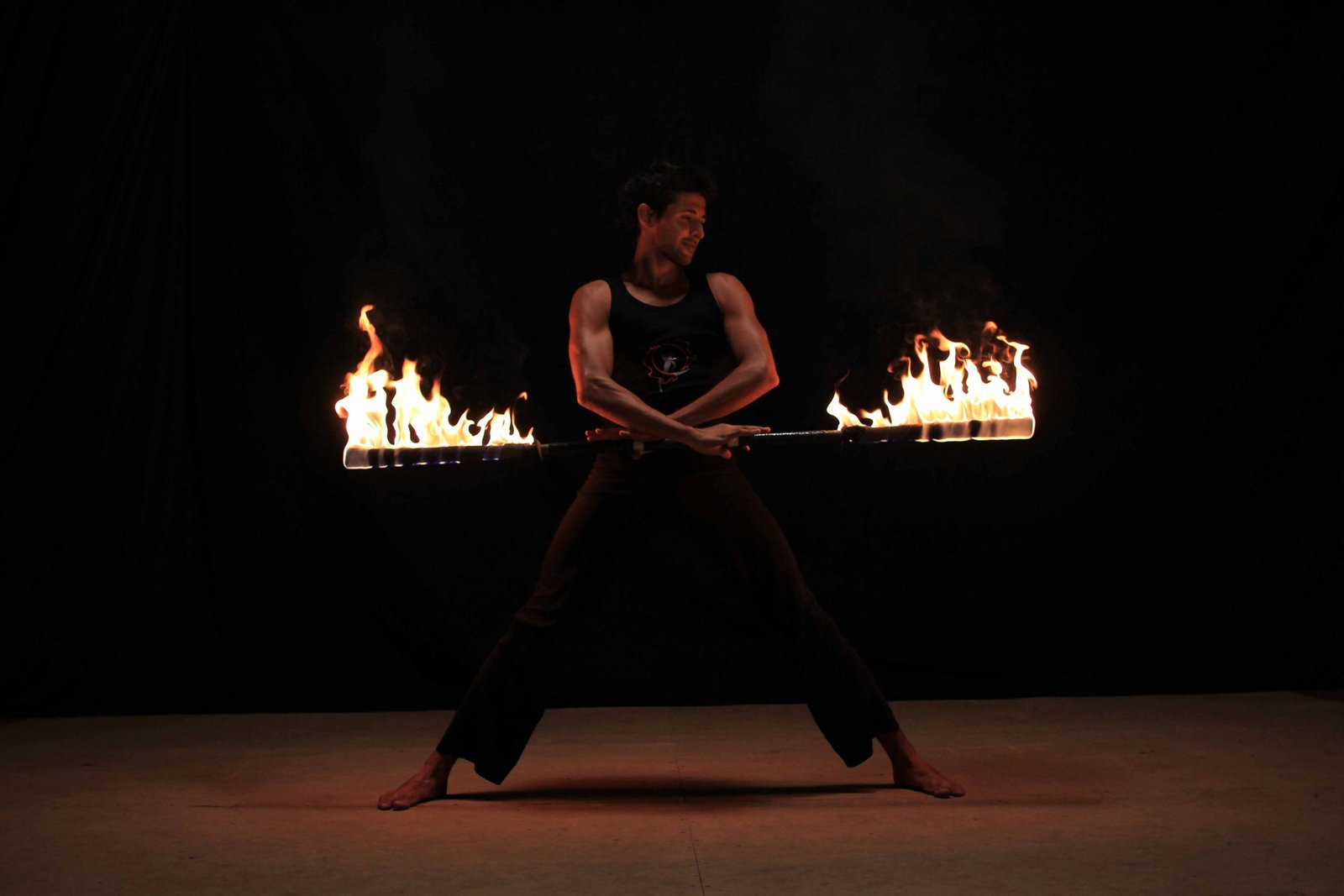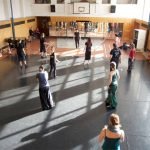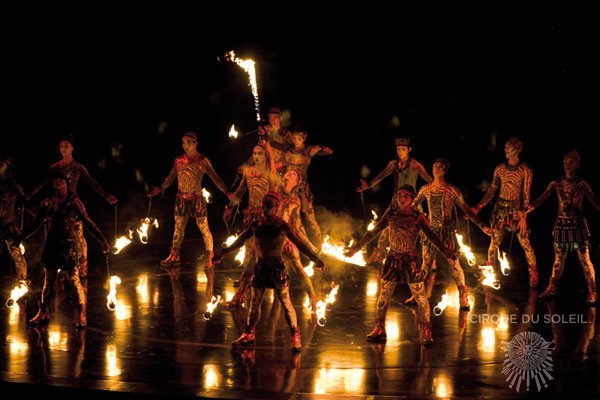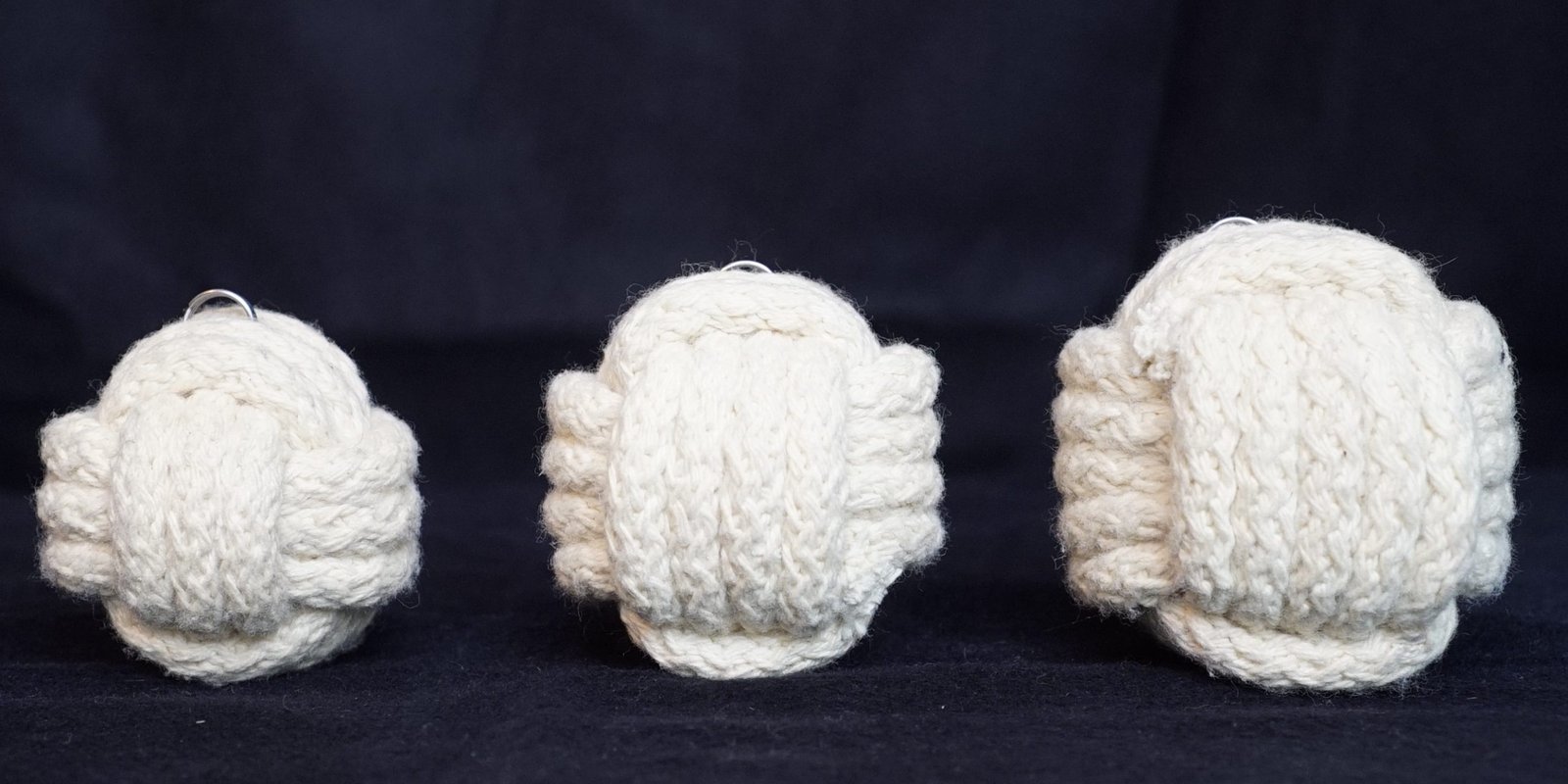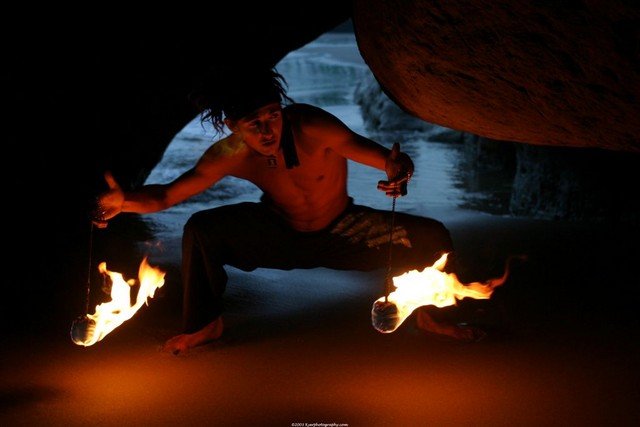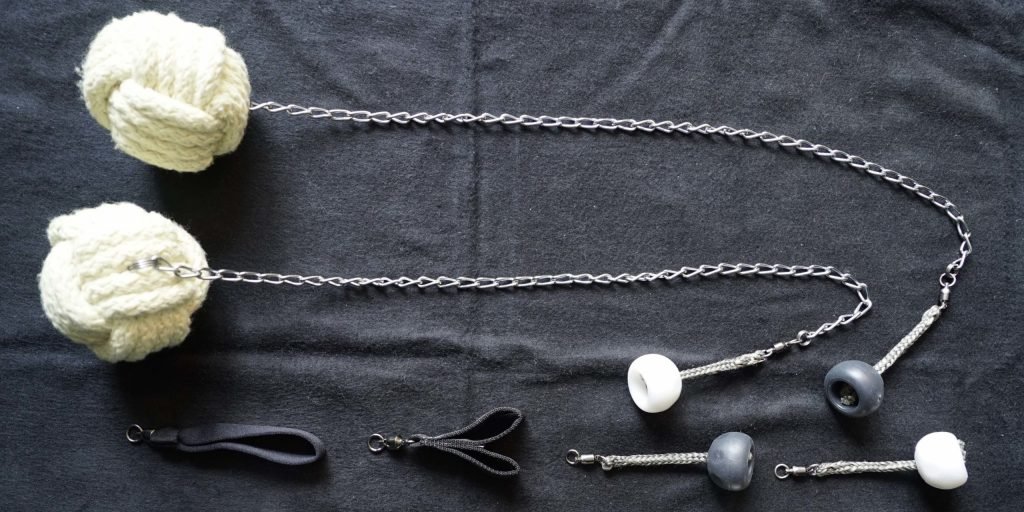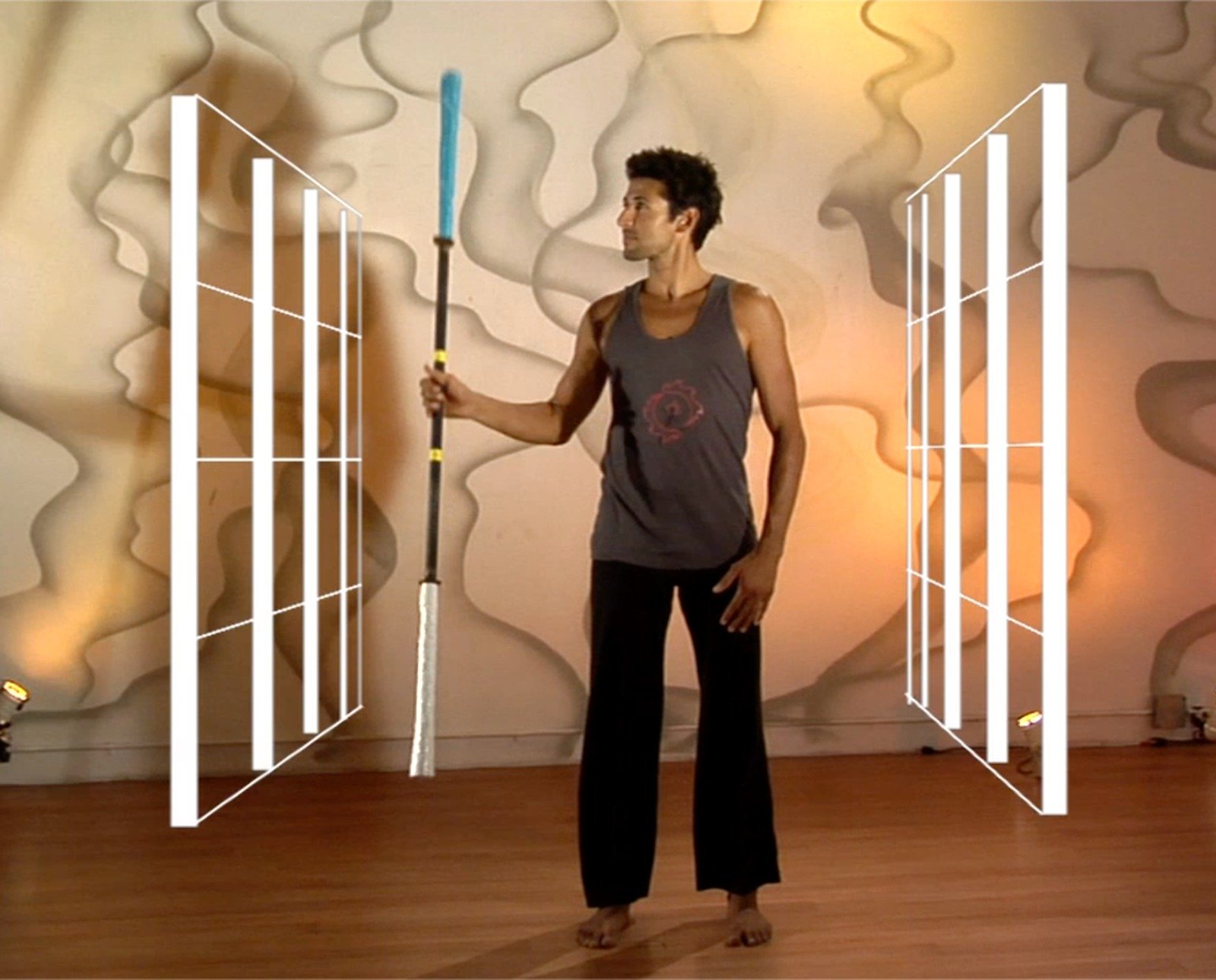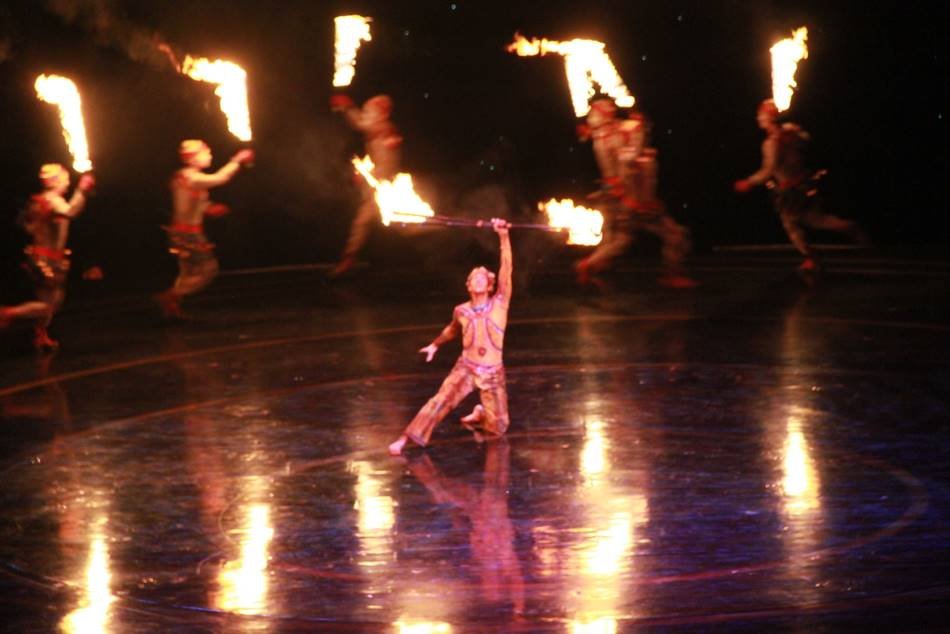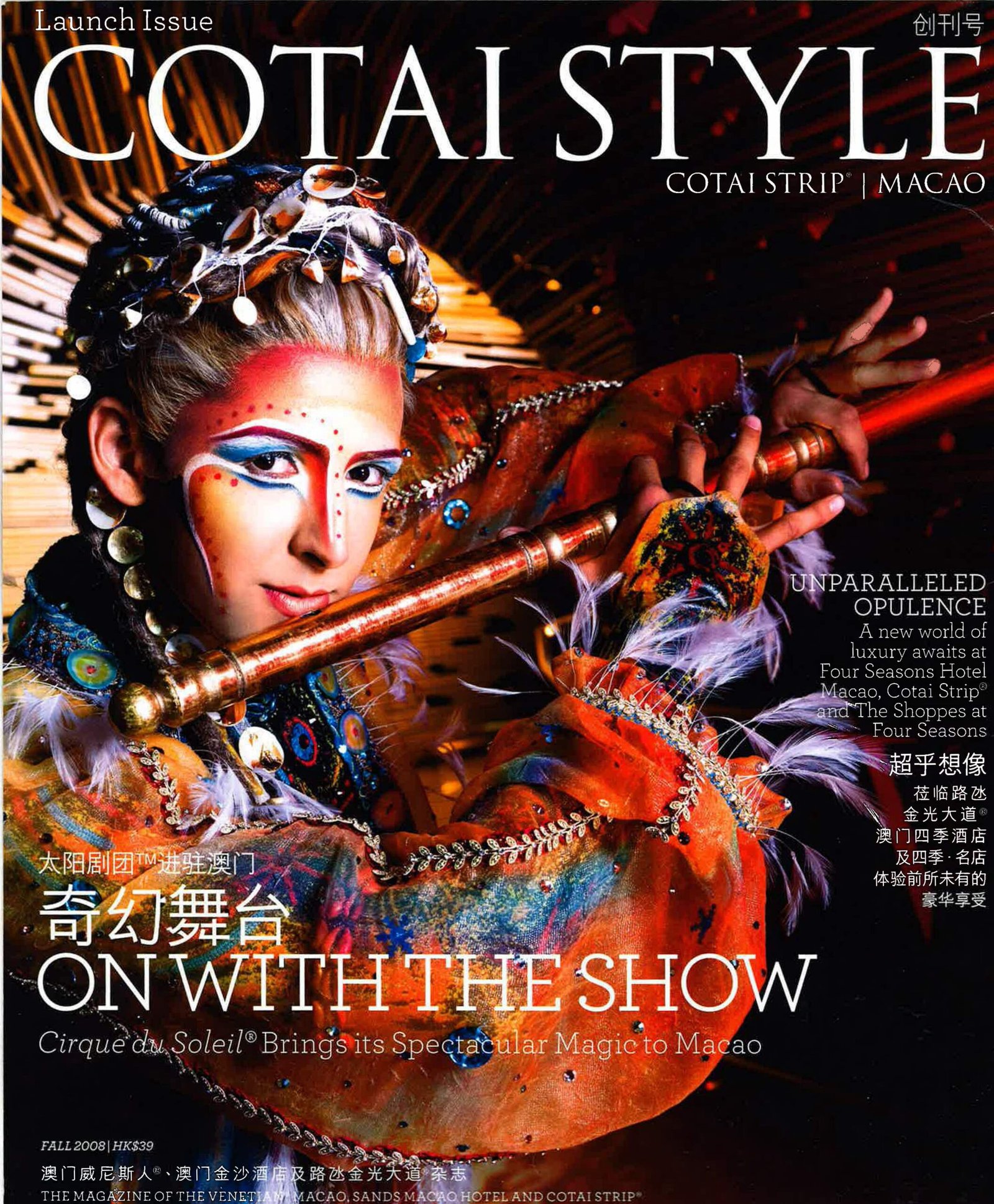Fire Dance Retreat FRANCE: April 20-26 2025
Join us in April 2025!
Our annual fire dance retreat in France is back! Join Srikanta & Jen for daily fire dance workshops, the basics of dance-based fire dance, fire jams and more from April 20-26 in Sommières France.
Anyone interested in learning to fire dance is welcome, from complete beginners to experienced fire performers. The focus of this event is on act-building and choreography and is specially catered to those looking to build or refine their fire or led shows.

